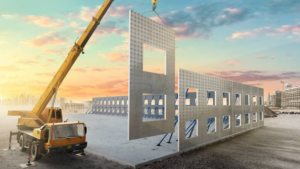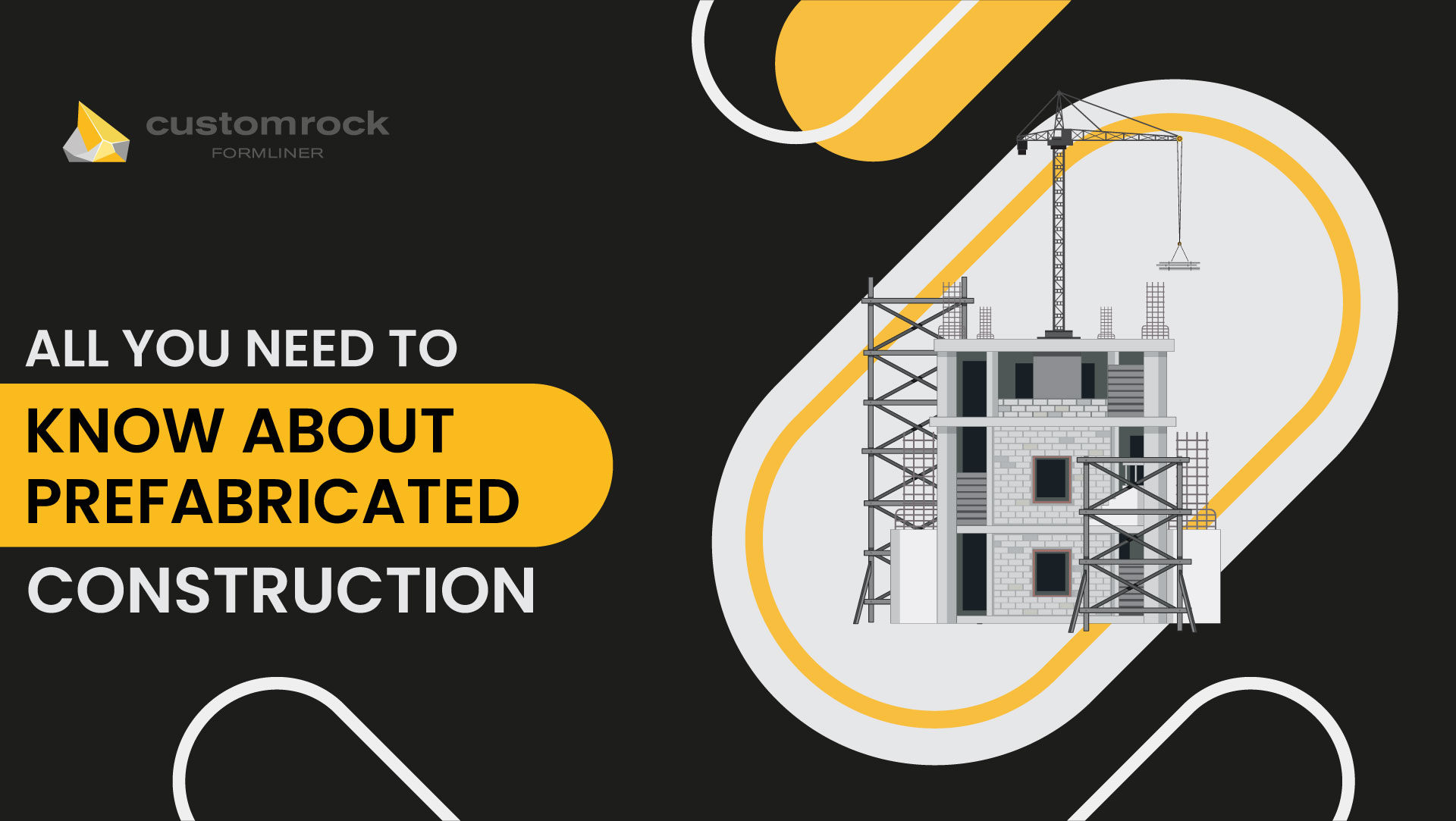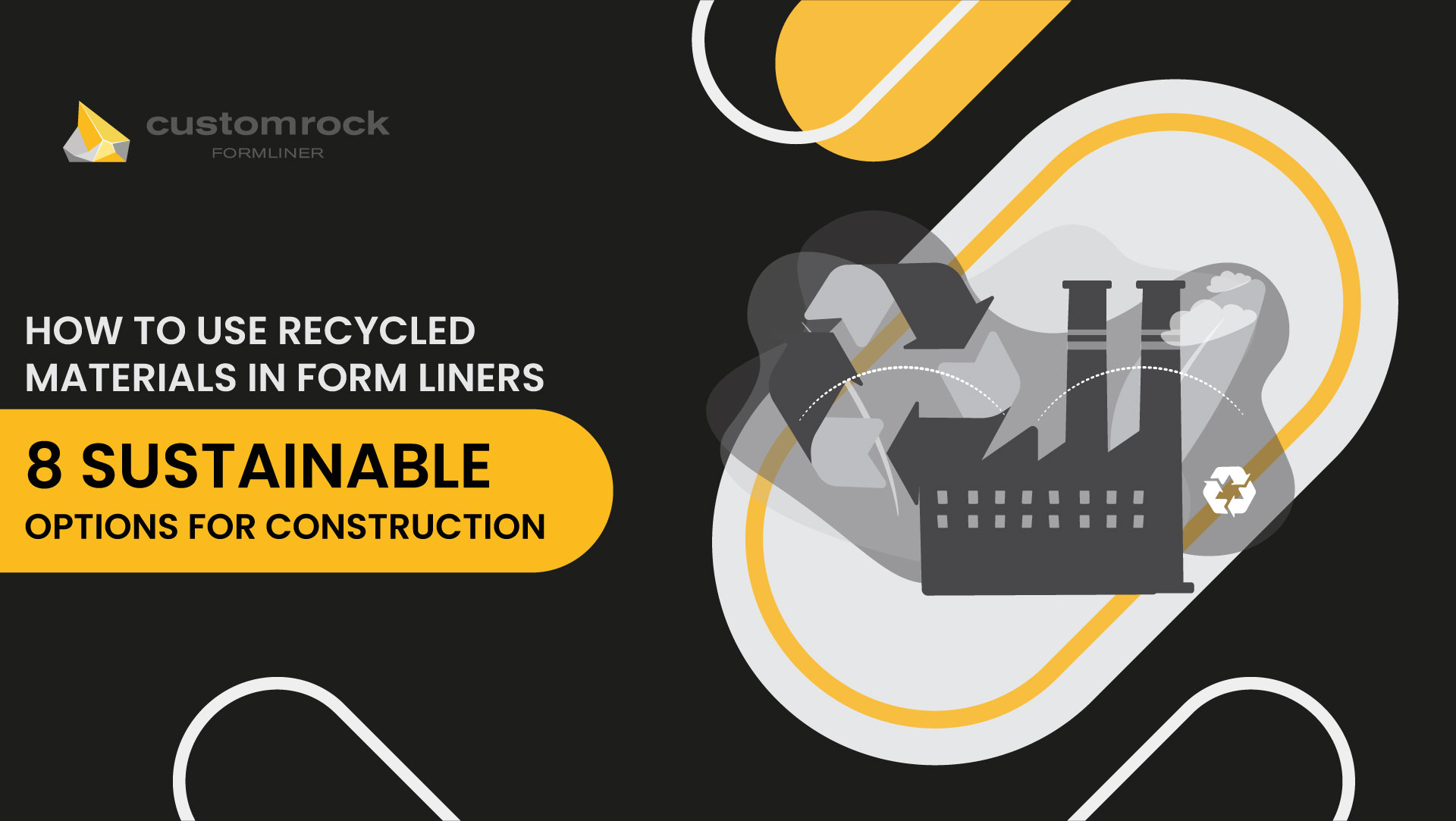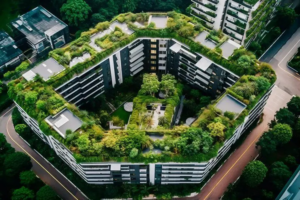TL, DR
Prefabricated Construction is a unique method in which different parts of the building are prepared and assembled in factories or assembly lines and then carefully transported to the building’s location.
Wood, concrete, steel, and composites are the most common materials used in this construction practice. Prefabricated Construction offers many advantages, which we have identified below.
The significant advantage of prefabricated construction techniques is their high efficiency. When a building is being constructed off-site, construction is done without consuming extra time.
All the building’s components and parts are made under controlled supervision using precise machinery that does not even load the workers and supervisors.
With efficient construction methods, the cost of labor is substantially minimized, and off-site building minimizes loss and waste of material. These methods can be used repeatedly in construction practice.
However, with all these advantages, there come some disadvantages as well;
The makers might need special transportation permits to transport these bulky modules. The cost for this heavy transaction would be much higher than expected and also increase depending on the distance from the factory to the location.
Many clients and big deals back off after learning about this technique and their misconceptions about its versatility and durability. Compliance with the law is much more difficult in strict zoning law areas, and keeping up with these regulations can sometimes make completing a project difficult.
Lastly, Combating all existing challenges might take a lot of work. Still, if it overcomes all of them, it will have a bright future with market acceptance, commitment, and technological innovation, which will be much easier to practice.
All You Need to Know About Prefabricated Construction

Many new forms of Construction have been in the limelight for the past few decades. One of the most tracked practices is prefabricated Construction. This practice has gained an exceptional appreciation for offering a revolutionary take on building structures.
This is a unique construction method, where different parts of the building are prepared and assembled in factories or assembly lines and then carefully transported to the building’s location.
It might sound odd, but it is now considered one of the most feasible construction practices worldwide, offering efficiency, quality, and overall economic and environmental benefits.
This article discusses how prefabricated construction is benefiting the construction industry and the drawbacks faced by its practice.
Understanding Prefabricated Construction
Prefabricated Construction Techniques
Prefabricated construction techniques comprise various methods that are practiced together to achieve the final results. The most apparent practice is modular construction, where rooms in the building are entirely built off-site and then transported and fixed together as the building blocks.
Another technique is penalized Construction, where different walls, floors, roofs, and panels are built off-site and carried to the location. These techniques are also preferred because they are risk-free. Laborers do not have to hang on to risky building roofs for long hours.
They have to put together different pre-built components. Moreover, when the components are fitted together, the energy efficiency is much higher than the primary means, providing better insulation and other properties. Along with all this, it also allows flexibility and reusability of material.
Material Used:
The type of material to be used to create prefabricated buildings depends entirely upon the needs and specifications of the building. The most common materials used in this construction practice include wood, concrete, steel, and composites.
The material also varies from location to location to build a resilient and durable building. Additionally, the material used significantly impacts the building’s performance, durability, and life.
Benefits of Prefabricated Construction:
1. Efficiency
The significant advantage of prefabricated construction techniques is their high efficiency. When a building is being constructed off-site, construction is done without consuming extra time. Weather patterns do not delay construction; every activity is done promptly. This efficient work also allows creativity.
No outside factor affects the Construction, and the building takes less than a proportionate amount of time to complete.
Efficient practices are often under control, and everything is done in the required manner. This efficiency minimizes the time and the extreme efforts needed in the traditional methods.
2. Quality Control
Traditional Construction usually needs more quality control. Even if many supervisors are assigned this task, they can not check and control the quality of the entire building. However, if the components are built separately, there is a higher chance of meeting the quality control checks and creating good quality.
All the elements and parts of the building are made under controlled supervision and by using precise machinery that does not even load the workers and the supervisors. This controlled environment helps quickly recognize mistakes and minimizes faults by improving over time.
3. Cost-Effectiveness
When assessing the life cycle cost analysis of prefabricated buildings, the short-run or initial cost is higher or similar to the traditional construction. Still, this method is the most cost-effective in the long run.
With efficient construction methods, the cost of labor is substantially minimized, and off-site building minimizes loss and waste of material. These methods can be used again and again in construction practice. This cost-effectiveness allows the builders to add details and deliver a much better project than expected.
4. Environmental Impact
Prefabricated construction is also ideal because it is much more eco-friendly than traditional construction methods. The controlled environment of off-site construction reduces waste and pollution to a massive level and helps to use materials more efficiently.
Moreover, when the components are fitted together, the energy efficiency is much higher than the primary means, providing better insulation and other properties. This construction method is also favorable because the residents near the construction area are least bothered as all the work is done away from the site.
5. Flexibility and Reusability:
If any fault is found after construction, during the final checking, or even after years of construction, the components can be disassembled, repurposed, or relocated without much hassle. This can also be done once the building’s life is over.
Massive demolition can be avoided by simply disassembling the parts and removing the material that can be used again in other projects. This flexibility and Reusability allow for the Construction of temporary structures typically constructed for a certain period or need.
Challenges Faced by Prefabricated Construction:
1. Transportation Logistics
The components built off-site are challenging to transport. Those bulky components, rooms, floors, or roofs pose a significant challenge during transportation. The makers might need special transportation permits to transport these bulky modules.
The heavy transaction costs would be much higher than expected and will also increase depending on the distance from the factory to the location. This transportation challenge is much more significant than it seems and poses certain limitations. A high cost must be available at all times for transportation, and here, the weather patterns indeed delay transportation.
2. Perception and Market Acceptance
Despite the exceptional efforts of the architects and the numerous benefits of these construction methods, the market is unhappy and accepting of the prefabricated construction techniques. Many clients and big deals back off after learning about this technique and their misconceptions about its versatility and durability.
They are okay with incurring heavy costs on the traditional methods but always hesitate to accept the prefabricated designs. This hesitation and non-acceptance from the market pose a significant challenge in implementing this method.
3. Regulatory Issues
During construction, several building codes and laws need to be followed. Some codes and regulations do not favor using prefabricated construction methods, which can pose a significant challenge while completing the entire building.
Compliance with the law is challenging in strict zoning law areas, and keeping up with these regulations can sometimes make it difficult to complete a project.
This is one of the primary reasons why the market does not accept prefabricated construction practices, as noncompliance with the law can result in heavy penalties and even punishment.
Conclusion:
Prefabricated Construction is a modern approach that, if adopted, can be a big game changer in the entire construction industry. It is because of its efficiency, durability, and cost-effectiveness advantages.
Combatting all existing challenges might be difficult, but if it overcomes them, it has a bright future with market acceptance and commitment. With technology innovation, it will be much easier to practice. With time, prefabricated construction techniques will most likely be practiced globally in all projects.



